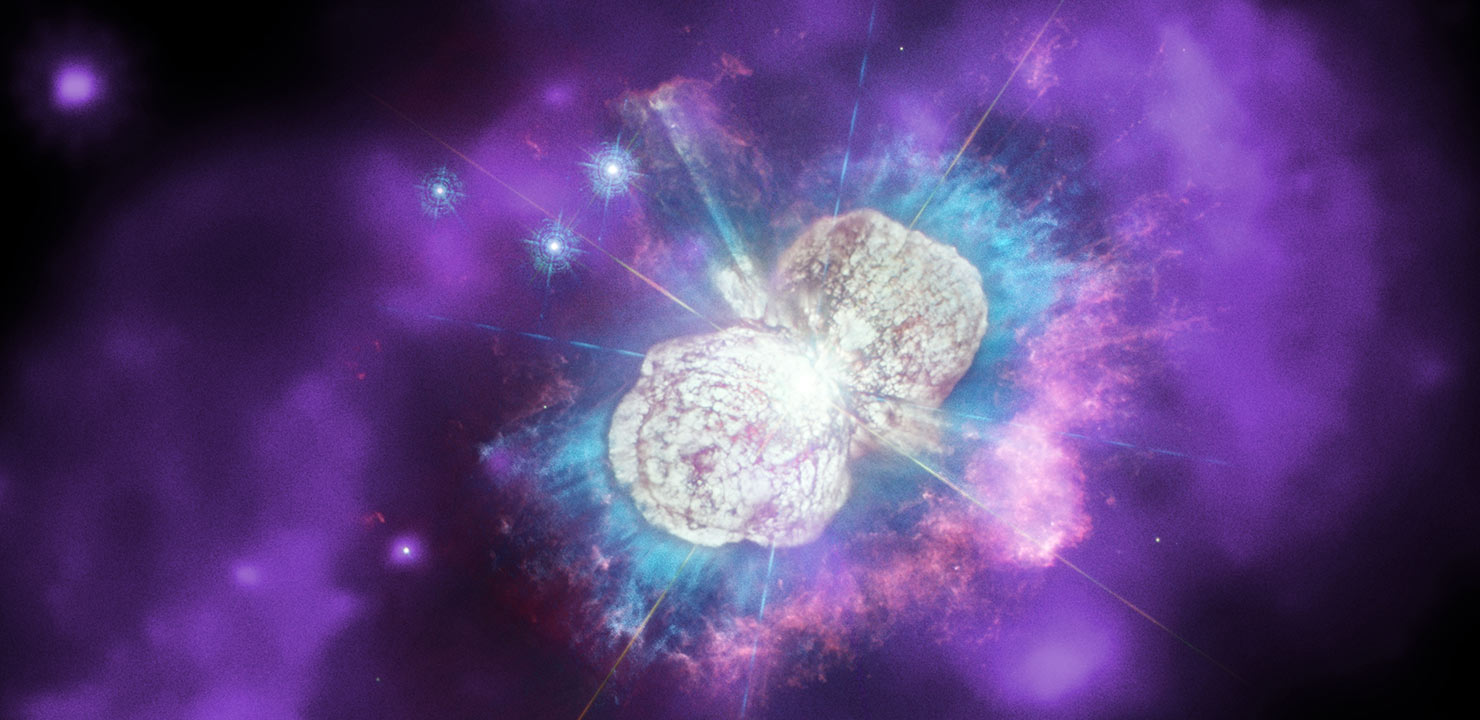
NASA's Astrophoto Challenges
July 2022 :
NASA's Astrophoto Challenges include two challenges: the MicroObservatory Challenge and the NASA Data Challenge. Enter either challenge — or both! — and the MicroObservatory and NASA's Universe of Learning team could select your work as a standout entry for feedback from NASA scientists!
MicroObservatory Challenge
For this challenge, you will need to process astronomical image data that you collect yourself from MicroObservatory telescopes. Submit your processed images to the challenge, and your work may be selected as a standout entry to receive feedback from NASA scientists!
Capture your own real-time telescope image of the Carina Nebula, and process it with MicroObservatory's JS9-4L tool. Then consider how the image of the Carina Nebula that you processed compares to an image of the Carina Nebula processed by NASA.
NASA Data Challenge
In this challenge, you will be able to process real NASA astronomical image data. Submit your processed images to the challenge, and your work may be selected as a standout entry to receive feedback from NASA scientists!
Select any of NASA's images of Eta Carina & the Carina Nebula, and process them with MicroObservatory's JS9-4L tool. Use all the techniques you've learned with MicroObservatory to process real NASA data and create your best image.
NASA's Astrophoto Challenges will end on July 31.
MicroObservatory is a network of automated telescopes that can be controlled over the Internet. The telescopes were developed by scientists and educators at the Harvard-Smithsonian Center for Astrophysics and were designed to enable youth nationwide to investigate the wonders of the deep sky from their classrooms or after-school centers. They are located and maintained at observatories affiliated with the Center for Astrophysics, including the Harvard College Observatory in Cambridge, MA and the Whipple Observatory in Amado, AZ.
The MicroObservatory remote observing network is composed of several 3-foot-tall reflecting telescopes, each of which has a 6-inch mirror to capture the light from distant objects in space. Instead of an eyepiece, the MicroObservatory telescopes focus the collected light onto a CCD detector (an electronic chip like that in a digital camera) that records the image as a picture file with 650 x 500 pixels.
For more information on MicroObservatory: https://mo-www.cfa.harvard.edu/OWN/index.html
What will be the next star in our Milky Way galaxy to explode as a supernova? Astronomers aren't certain, but one candidate is in Eta Carinae, a volatile system containing two massive stars that closely orbit each other. This image has three types of light: optical data from Hubble (appearing as white), ultraviolet (cyan) from Hubble, and X-rays from Chandra (appearing as purple emission). The previous eruptions of this star have resulted in a ring of hot, X-ray emitting gas about 2.3 light years in diameter surrounding these two stars.
Image credit: X-ray: NASA/CXC; Ultraviolet/Optical: NASA/STScI; Combined Image: NASA/ESA/N. Smith (University of Arizona), J. Morse (BoldlyGo Institute) and A. Pagan



